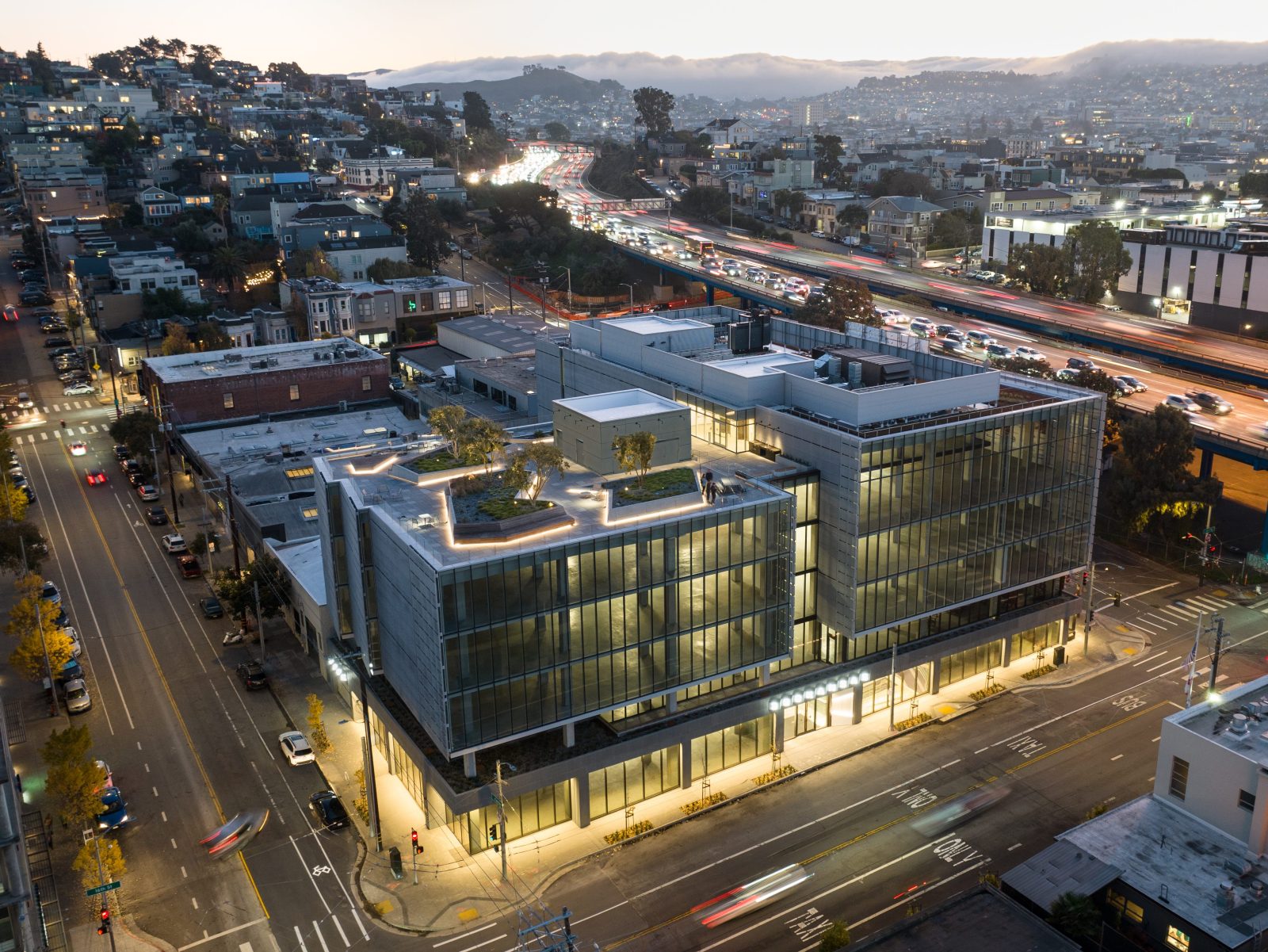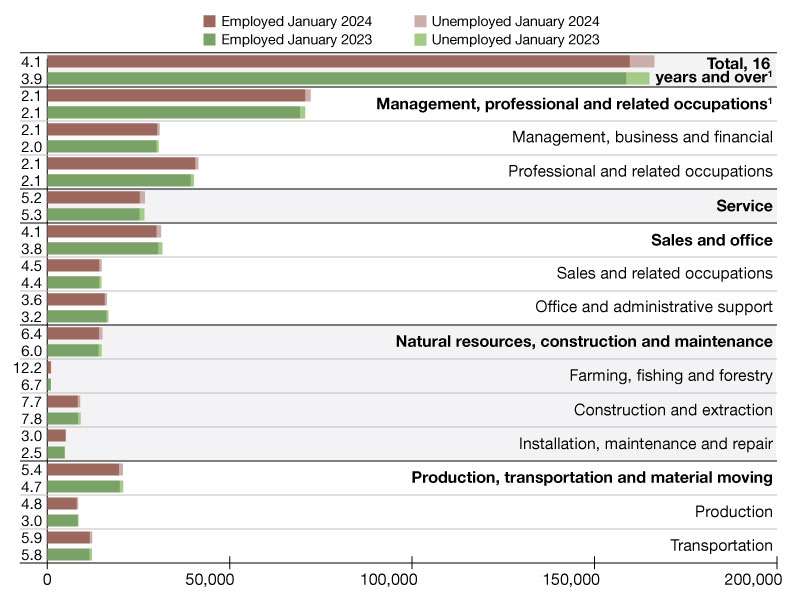How CRE CLOs Are Bouncing Back
Volume has already topped 2019’s record high of $19.2 billion, according to Kroll Bond Rating Agency.
The commercial real estate collateralized loan obligation sector has navigated through its first major economic upheaval and is on track to substantial growth, according to a new study from Kroll Bond Rating Agency.
Nearly a decade old, this asset class is projected to experience an outstanding 2021, with volume for the first six months of the year surpassing the $19.2 billion record high set in 2019. Over that 10-year period, $81.1 billion in CRE CLOs were issued, according to KBRA.
For its study, KBRA assessed the performance of 3,635 loans from securitization through the May 2021 trustee remittance report date across 115 seasoned transactions issued between July 2013 and December 2020. This study population saw a cumulative payment default rate of 2.5 percent by loan count, and including modifications and maturity defaults yielded a cumulative combined default rate of 7.8 percent.
“Even though the study captures about 10 years of activity and provides a good overview of performance over that period, the study is also a good reflection of where the market stands today,” Roy Chun, KBRA senior managing director, CMBS Surveillance, told Commercial Property Executive. “Many of the defaults occurred during the pandemic, and the stories on many of these loans and transactions are still playing out.”
READ ALSO: How CRE Liquidity Reigns Despite Volatility
“We seem to be right where we left off, if you consider 2020 a pause,” Chun said. And with 2021 already exceeding the full year 2019, “it’s hard to imagine we would have seen much higher volume had the pandemic not happened.”
However, in a way, the pandemic has created additional opportunities for more transitional assets, “as properties negatively impacted by the pandemic … begin to stabilize and improve as the economy continues to open up and expand,” Chun noted, adding that this will help drive a continuation of the strong volume.
Key points
The study’s big-picture points cover payment defaults, the importance of loan modifications, the role of maturity defaults and the sector’s limited realized losses.
The study’s cumulative payment default rate of 2.5 percent (90 loans) reflects every loan that was at least 60 days delinquent. This, however, might be understated by roughly 200 basis points, because of certain non-defaulted loans serving as collateral in deals that were fully redeemed prior to the loans paying off.
Adding in the 152 modified loans pushes the CRE CLO loan default rate to 6.7 percent. “CRE CLO loans are typically secured by transitional real estate, and as a result allow more flexibility for providing modifications to borrowers that are working toward achieving their business plans,” the KBRA report noted.
READ ALSO: CRE Loan Maturities Cushioned by Willing Lenders
Although CMBS modifications are mostly workout-related, there’s a positive side to CRE CLO loan modifications. “The flexibility to modify loans was a useful tool for CRE CLO managers to work with borrowers through some of the challenges presented by COVID-19, such as forbearances and the waivers of reserves or escrows,” the report said.
Adding the 41 loans with maturity defaults brings the cumulative combined default rate to 7.8 percent. Because CRE CLO loans -commonly have one or more annual extension periods, “a performing or nonperforming matured loan may not be considered equivalent to a fixed rate CMBS loan default that is not structured with available extension options,” KBRA explained.
Realized losses among the study population’s loans were “extremely limited,” totaling only eight loans, the report states. “The low number of loans with losses is likely influenced by the managers’ ability to repurchase credit-impaired loans,” according to the report.









You must be logged in to post a comment.